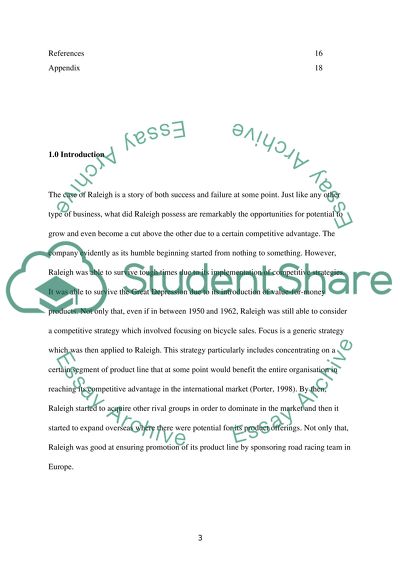Cite this document
(“The Case of Raleigh Essay Example | Topics and Well Written Essays - 3000 words”, n.d.)
Retrieved from https://studentshare.org/marketing/1394449-case-study-raleigh-bicycles
Retrieved from https://studentshare.org/marketing/1394449-case-study-raleigh-bicycles
(The Case of Raleigh Essay Example | Topics and Well Written Essays - 3000 Words)
https://studentshare.org/marketing/1394449-case-study-raleigh-bicycles.
https://studentshare.org/marketing/1394449-case-study-raleigh-bicycles.
“The Case of Raleigh Essay Example | Topics and Well Written Essays - 3000 Words”, n.d. https://studentshare.org/marketing/1394449-case-study-raleigh-bicycles.


